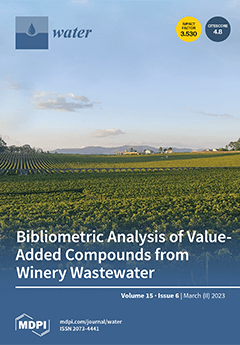The marine picocyanobacterium
Synechococcus accounts for a major fraction of the primary production across the global oceans. However, knowledge of the responses of
Synechococcus to changing
pCO
2 and light levels has been scarcely documented. Hence, we grew
Synechococcus sp. CB0101 at
[...] Read more.
The marine picocyanobacterium
Synechococcus accounts for a major fraction of the primary production across the global oceans. However, knowledge of the responses of
Synechococcus to changing
pCO
2 and light levels has been scarcely documented. Hence, we grew
Synechococcus sp. CB0101 at two CO
2 concentrations (ambient CO
2 AC:410 μatm; high CO
2 HC:1000 μatm) under various light levels between 25 and 800 μmol photons m
−2 s
−1 for 10–20 generations and found that the growth of
Synechococcus strain CB0101 is strongly influenced by light intensity, peaking at 250 μmol m
−2 s
−1 and thereafter declined at higher light levels.
Synechococcus cells showed a range of acclimation in their photophysiological characteristics, including changes in pigment content, optical absorption cross section, and light harvesting efficiency. Elevated
pCO
2 inhibited the growth of cells at light intensities close to or greater than saturation, with inhibition being greater under high light. Elevated
pCO
2 also reduced photosynthetic carbon fixation rates under high light but had smaller effects on the decrease in quantum yield and maximum relative electron transport rates observed under increasing light intensity. At the same time, the elevated
pCO
2 significantly decreased particulate organic carbon (POC) and particulate organic nitrogen (PON), particularly under low light. Ocean acidification, by increasing the inhibitory effects of high light, may affect the growth and competitiveness of
Synechococcus in surface waters in the future scenario.
Full article





